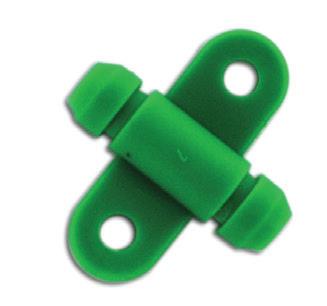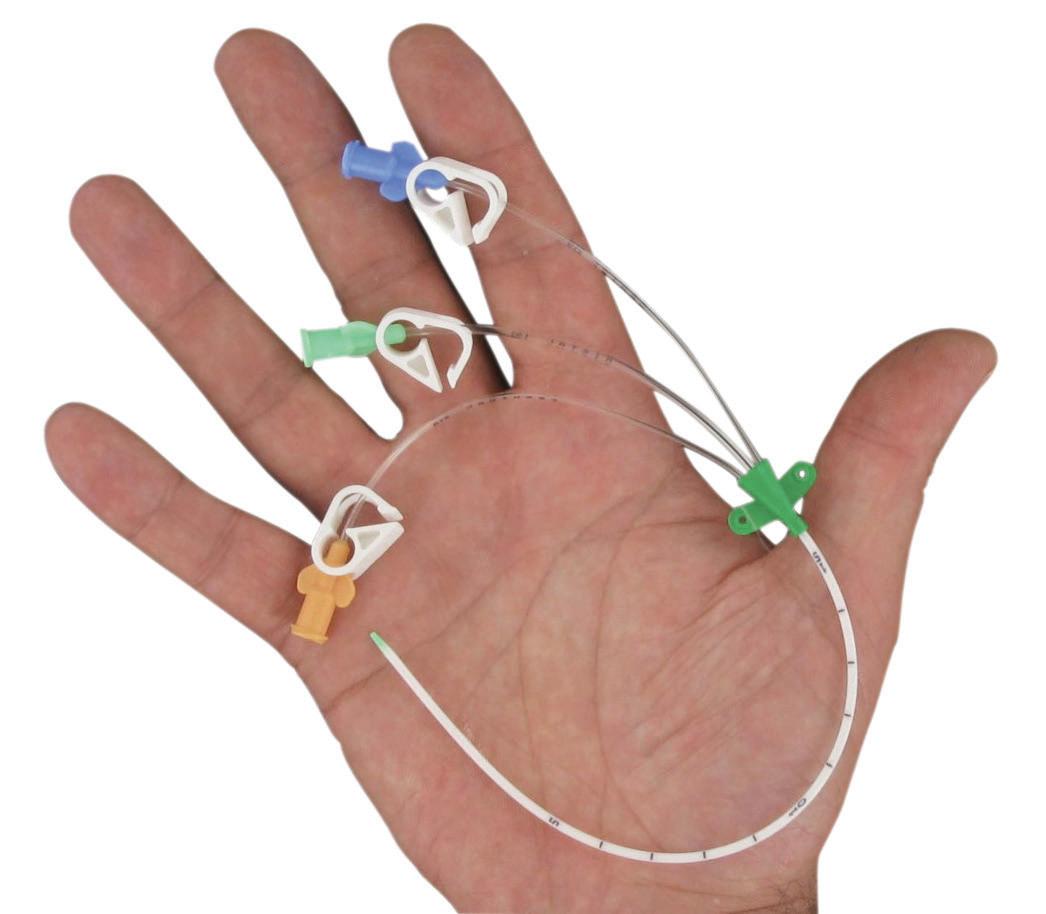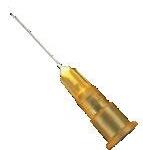VASCULAR ACCESS
PAEDIATRIC CENTRAL VENOUS CATHETER
multicath & multistar
Strong range for fragile patients


PAEDIATRIC CENTRAL VENOUS CATHETER
Strong range for fragile patients


Highly kink resistance
“J” Nitinol guidewire coated with Teflon for ultra low resistance

introducer needle


Low friction
Highly echogenic introducer needle

Range of dilator options :
• 3Fr dilator available in 3 & 5cm
• 4.5Fr dilator available in 3 & 6cm
• 5.5Fr dilator available in 3 & 5cm
Our extensive range of catheter lengths (6, 8, 10, 12.5, 15, 20, 30 cm) allows you to choose the exact length of catheter required:
• Reduced catheter movement
• Decreased risk of infection
• Reduced risk of cardiac tamponade
‘Bin’ the wing


Extension lines
To manipulate away from the exit site
Roberts clamps

For secure line clamping

Fixation wings
Small and soft for fragile skins
Miniaturised colour-coded hubs
Minimise dead space
Maximise comfort
Allows easy identification of infusions


Flex tip
Protects the vessel wall (for the 4.5 Fr and 5.5 Fr)
multicath gives you the ability to match the size of the patient depending on its age, weight and therapy needs in terms of flow rates and number of lumens.
International guidelines (1) (2) (3) clearly demonstrate that use of a comprehensive procedure pack with maximum sterile barrier protection significantly reduces the risk of catheter related blood stream infection. The Vygon Paediatric CVC insertion pack provides everything the clinician requires for safe catheter placement:

Adjustable window Offers choice to adapt to the size of the child
Peelable edge Facilitates the removal of the drape with the CVC in place







Transparent window Provides excellent patient visibility
Ultrasound probe cover with gel Skin preparation

Disposafe – needle protector Gown



Ordering code: 80199.2215V
Minimum order: 8 units
Adhesives Prevents drape movement during placement and bacteria migration to the site
Absorbent non-woven Material provides great absorption






Pre-filled syringes with saline (10ml Luer lock) Needles



Quantity: 8 units per box


Pack size: 39 x 27 x 11 cm


(1) 2011 Guidelines for the Prevention of Intravascular Catheter-Related Infections (Center for Disease Control)




(2) Matching Michigan
(3) Pratt R. J., et al. (2007) epic2: National evidence-based guidelines for preventing healthcare-associated infections in NHS hospital in England. Journal of Hospital Infection. 65S, S1-64.
Under arm drape + table cover 75 x 90 cm

“Rifampicin-Miconazole supersaturated CVCs have demonstrated the potential to prevent catheter-associated colonization, local infection and bloodstream infection even in long-term application.” (4)
The combination of Rifampicin and Miconazole leads to protection against a broad spectrum of microorganisms such as Staphylococci, Enterobacterial and Candida. (5)
“The use of a rifampicin-miconazole-impregnated catheter (RM-C) has been suggested to have the greatest benefit in femoral access.” (6)
Multistar is the innovative combination of two active ingredients: Rifampicin and Miconazole, chosen for their synergic properties:
• Efficacy on a large spectrum of microorganisms (4)
• Low risk of bacterial resistance development (4)
• High physico-chemical compatibility with polyurethanes (7). Due to the large reservoir in the catheter’s wall, Rifampicin and Miconazole are released for the life of the product (30 days).
Miconazole
• Synthetic antifungal
• Wide spectrum of antimicrobial activity
• Low toxicity
• Mechanical action : weakens the bacterial membrane

Rifampicin
• Highly effective against gram-positive as well as gram-negative microorganisms
• Mechanical action : inhibits RNA synthesis
A pharmacokinetic analysis conducted by Rump concluded that “Maximal concentrations of Rifampicin or Miconazole resulting from the insertion of a polyurethane catheter loaded with these antibiotics are therefore, far below the concentrations resulting from a systemic therapy with the same antimicrobial agents. Even in the worst case, the danger of selecting resistant bacterial strains seems remote because the systemic drug levels are magnitudes of order below subinhibitory concentrations.” (7)
(4) Schierholz J, Nagelschmidt K, Nagelschmidt M, Lefering R, Yücel N, Beuth J, Antimicrobial central venous catheters in oncology: efficacy of a rifampicin-miconazole-releasing catheter, Anticancer Research 30: 1353-1358, 2010.
(5) Schierholz J, Summary of the issues associated with catheter related blood stream infections with special consideration given to catheters incorporating Rifampicin and Miconazole, 2011.
(6) Lorente L, Lecuona M, Ramos M.J, Jiménez A, Mora M, Sierra A, Association for Professionals in Infection Control and Epidemiology, Inc., 2011.
(7) Rump A.F.E, Güttler K, König D.P, Yücel N, Korenkov M, Schierholz J, Pharmacokinetics of antimicrobial agents rifampicin and miconazole released from a loaded central venous, Journal of Hospital Infection 53; 129-135, 2003.
FOR FURTHER INFORMATION, PLEASE CONTACT: questions@vygon.com
The specification shown in this leaflet are for information only and are not, under any circumstances, of a contractual nature.